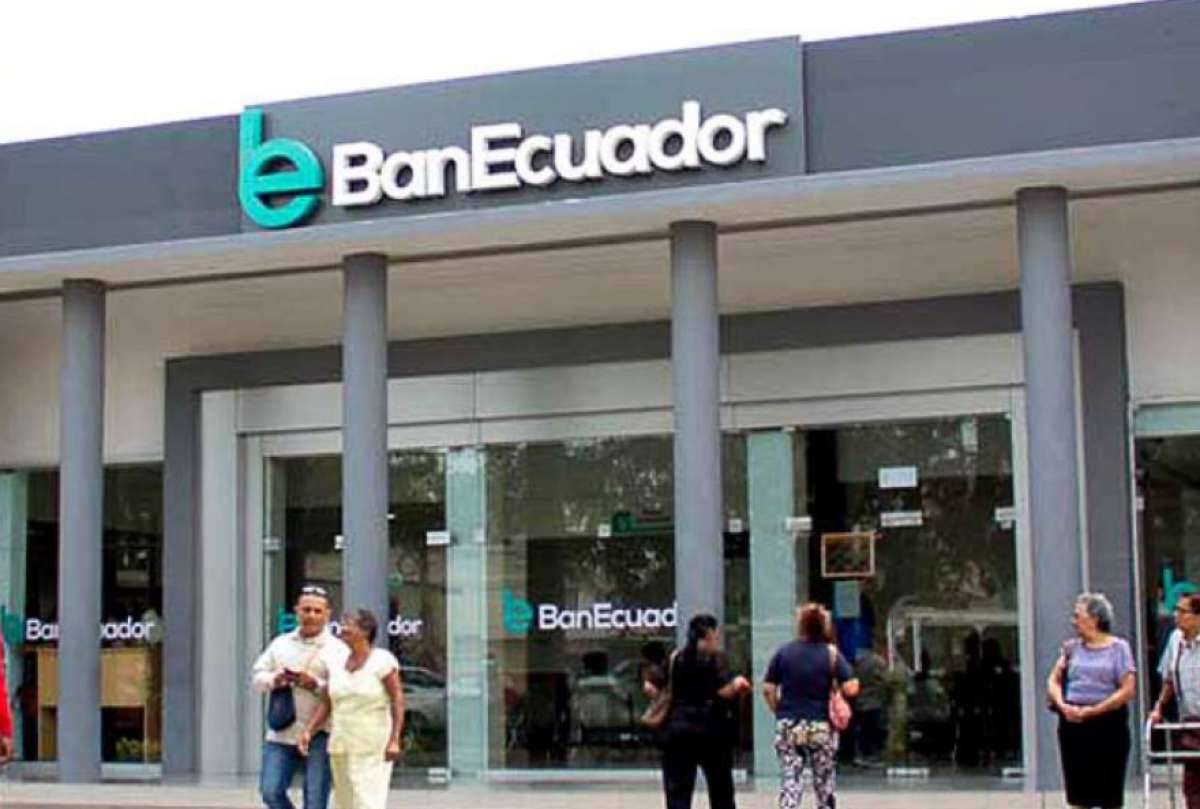Last year, BanEcuador incurred losses of $110 million, partly due to forgiving and restructuring debts as a political compromise with indigenous representatives.
The public bank BanEcuador has been facing a significant financial crisis, marked by a record number of losses in 2022 that amounted to a staggering $110 million. This number is four times more than the losses of the previous year, indicating a disturbing trend. Unfortunately, the situation has not improved much since then. As of the end of February 2023, the bank has already lost $11 million, further exacerbating its woes.
According to Andrés Vergara, a professor at the MCA Business School, the increase in non-payment loans is a significant contributor to the bank’s financial troubles. As the loan delinquency rate rises, the bank must allocate more funds to create provisions that cover what customers fail to pay. This ultimately results in even more losses, creating a vicious cycle.
The delinquency rate at BanEcuador has been skyrocketing since the Covid-19 pandemic began in 2020. As the bank with the most defaulted loans in the country, BanEcuador’s loan portfolio has seen a worrying increase in arrears. Thru December 2020, 13% of its total loan portfolio was in arrears, but this figure rose to 22% by December 2022.
Shockingly, as of February 2023, the arrears have risen to almost 25%. This number is almost seven times higher than the average delinquency rate in private banks, which stood at 3.28% in the same month.
BanEcuador had to allocate a massive $351 million to cover bad loans in 2022, which is $52.3 million more than what was allocated in 2021. This situation is unsustainable for the bank, and urgent measures need to be taken to address the problem.
One of the issues facing BanEcuador is that it had to forgive debts and restructure credits. This measure was taken as part of the agreements reached between the Government of Guillermo Lasso and the indigenous movements after the national strike in June 2022.
As part of these agreements, BanEcuador had to forgive overdue debts of $3,000 or less. This process was automatic for 26,000 clients, and as a result, BanEcuador stopped charging $60 million. For clients with overdue debts of between $3,001 and $10,000, the bank granted three years of grace and allowed the payment term to be extended up to 10 years.
The government’s goal was for the refinancing and restructuring to be applied to 50,000 loans totaling $90 million. As of March 6th, only 6,835 operations for $50.6 million had been accepted. BanEcuador has extended the term to access this benefit until March 31, 2023, which is a testament to the scale of the problem the bank is facing.
Another challenge BanEcuador faces is that it does not receive allocations from the General State Budget. Consequently, the entity has fewer resources to place credits, and this has had an adverse impact on the bank’s ability to lend. BanEcuador’s main clients are farmers, ranchers, and small businesses, all of whom are also facing the adverse effects of the harsh winter, which may result in non-performing loans continuing to grow.


0 Comments